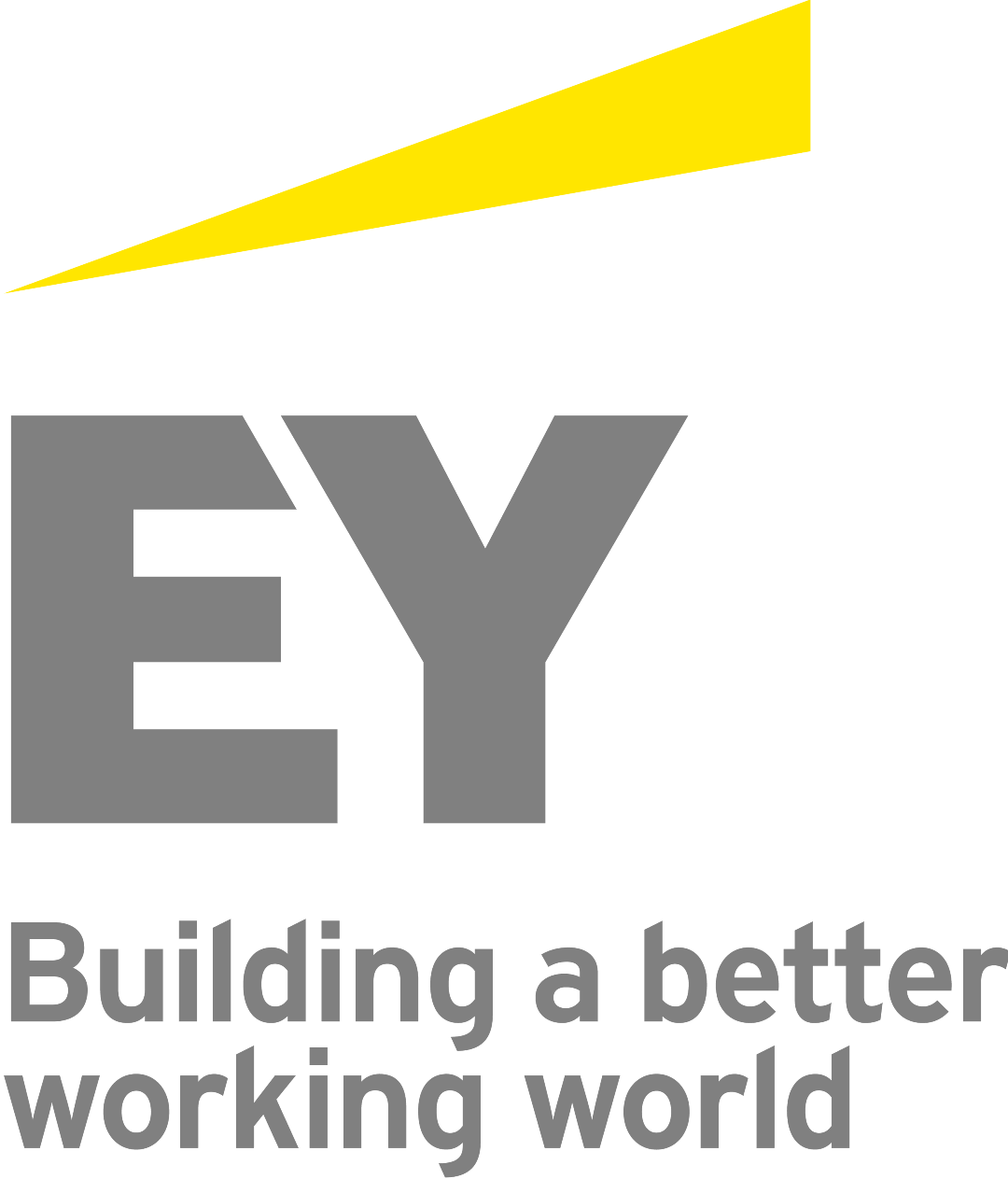Five things to watch in Canada's energy sector in 2016
More volatility expected – yet opportunities exist
CALGARY, Feb. 23, 2016 /CNW/ - Between oil prices plummeting, thousands of layoffs and the Paris Agreement on the global reduction of climate change, 2015 was a turning point for the energy sector around the world. In a new report, EY says there will be more structural changes before the sector finds its footing – and as part of that shift, transactions will accelerate in 2016.
"We've moved from an era of resource scarcity to abundance," says Barry Munro, EY's Canadian Oil & Gas Leader. "Last year was a difficult and turbulent time as traditional energy business models have been forced to transform. But, in many ways, transformation is really just starting. Every dimension of the sector is changing – from field operations to the c-suite. To survive companies must transform, and do so quickly."
As we look ahead to 2016, EY identifies five trends to watch in the energy industry:
- Challenging market conditions. Canada's Blunt Reality, explains how 2015 quickly became a difficult and turbulent time as traditional energy business models have been forced to transform to survive in a new 'resource abundant' world.
- Cost reduction. With challenging market conditions, some companies will not survive. For those that do, investor discussions will involve difficult choices around availability, allocation and cost of capital. EY's Canadian Energy Survey looks at how operational excellence, integrated operations and shared services are among key success factors to achieve structural cost savings.
- Increase M&A activity. A recent EY survey shows 73% of Canadian business leaders have M&A plans in the next year. That is a sharp increase from 2015.
- Evolving domestic policy framework. A survey of Canadian financial executives shows two-thirds expect a national strategy around carbon pricing in the next one to three years. For the energy business operating in Alberta, this is already a reality given the Alberta government's new climate policy framework.
- Innovation. This will occur at every level of an organization. From technology to business processes and capital funding models, companies that develop new viable offerings that create value for their business will be better positioned for future success. EY has defined six building blocks for an innovation strategy.
"Canada has world class oil and gas assets that are underdeveloped," says Munro. "Our nation's prosperity depends on our ability to find a way to responsibly develop those reserves. As we learn how to operate in a lower-priced commodity world – there will be opportunities. Those who thrive will embrace new models and structures and let innovation lead the way to that part of the transformation."
For more on EY's Oil & Gas services in Canada, click here.
About EY
EY is a global leader in assurance, tax, transaction and advisory services. The insights and quality services we deliver help build trust and confidence in the capital markets and in economies the world over. We develop outstanding leaders who team to deliver on our promises to all of our stakeholders. In so doing, we play a critical role in building a better working world for our people, for our clients and for our communities.
For more information, please visit ey.com/ca. Follow us on Twitter @EYCanada.
EY refers to the global organization and may refer to one or more of the member firms of Ernst & Young Global Limited, each of which is a separate legal entity. Ernst & Young Global Limited, a UK company limited by guarantee, does not provide services to clients. For more information about our organization, please visit ey.com.
SOURCE EY (Ernst & Young)

Sasha Anopina, [email protected], 416 943 2637; Julie Fournier, [email protected], 514 874 4308; Leigh Kjekstad, [email protected], 604 648 3807

Share this article